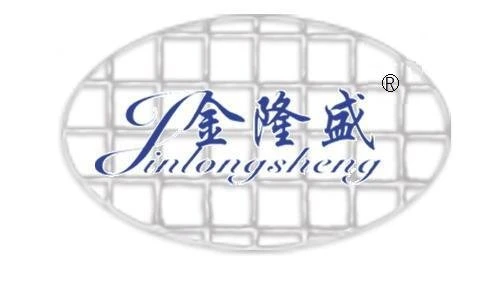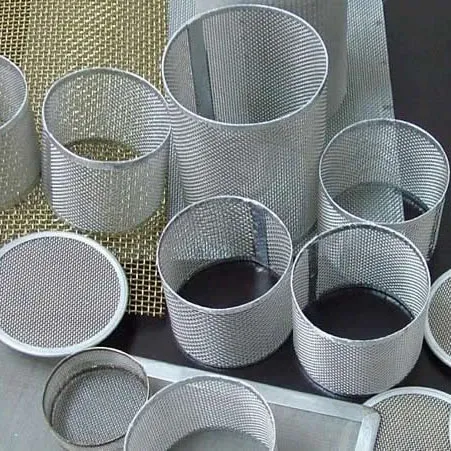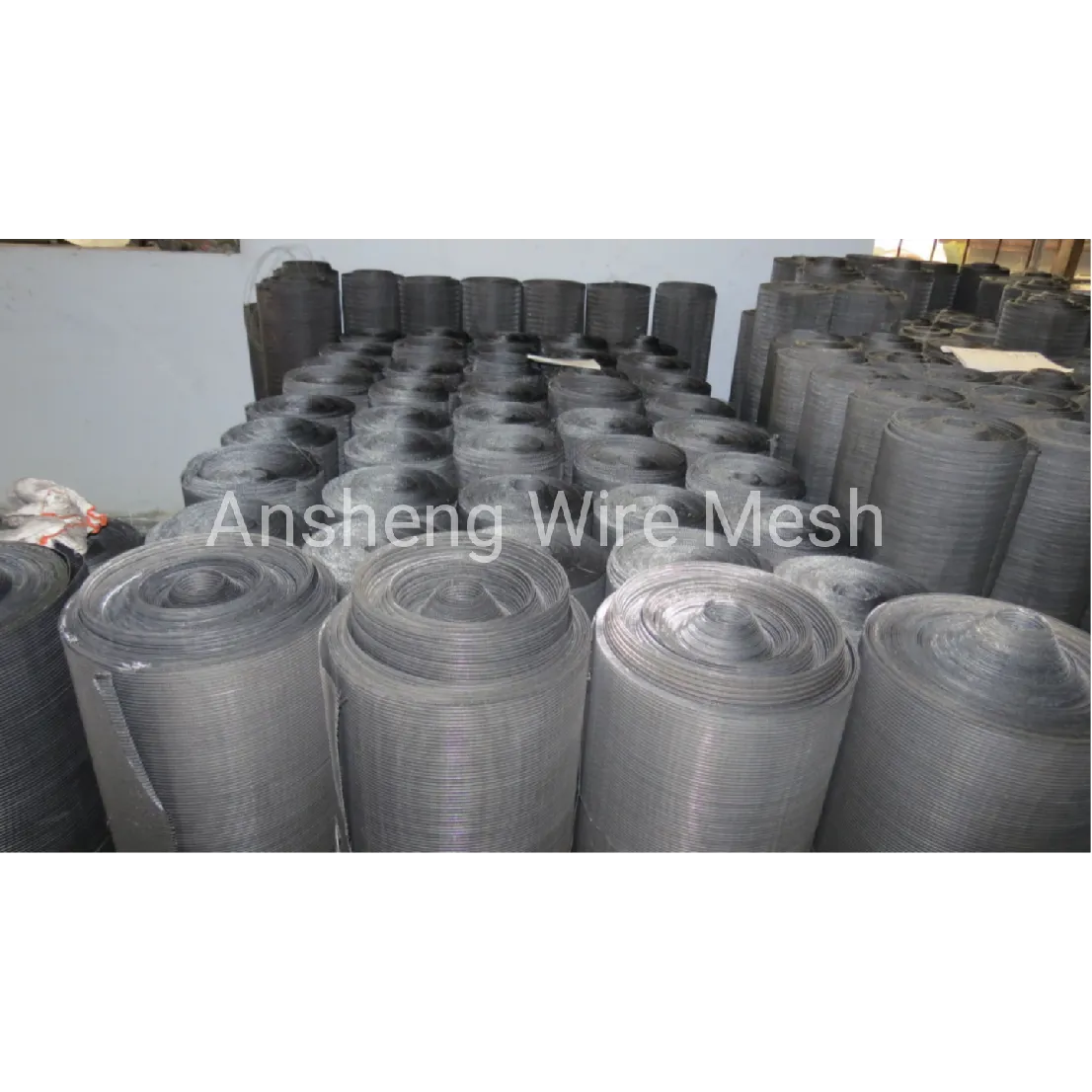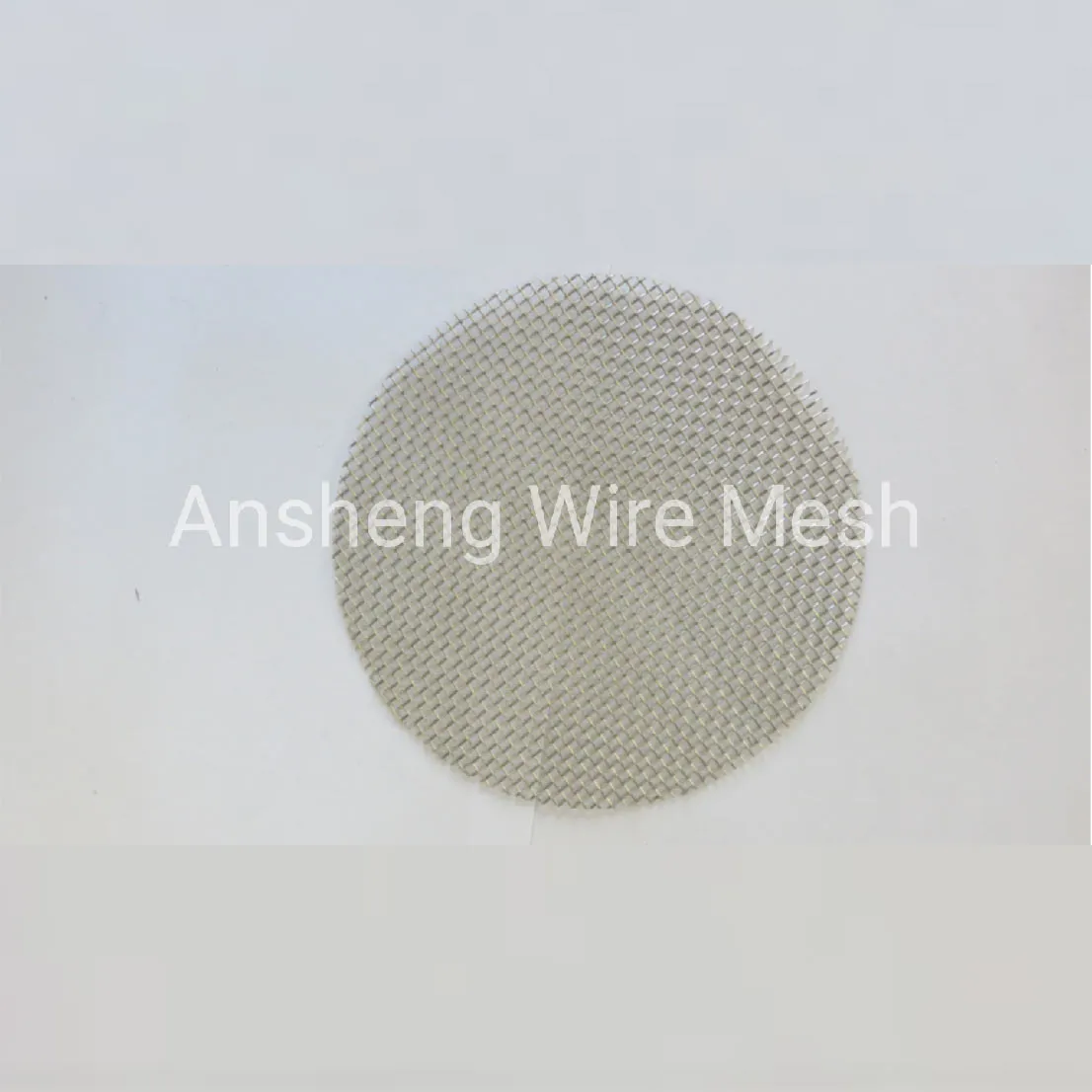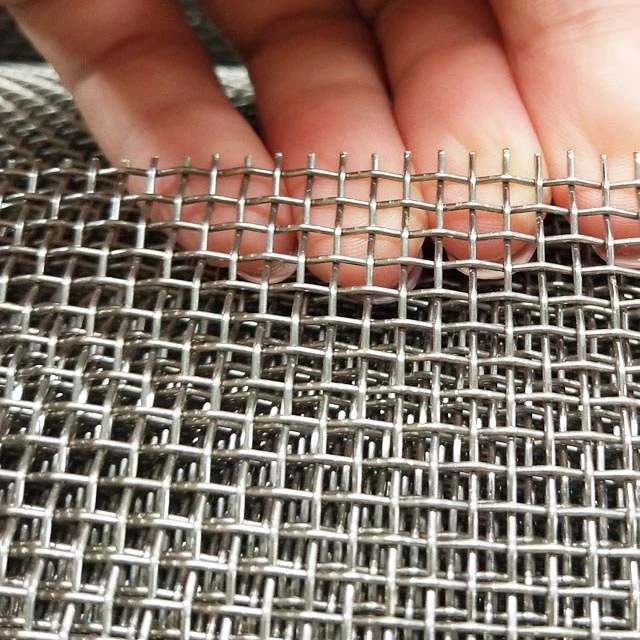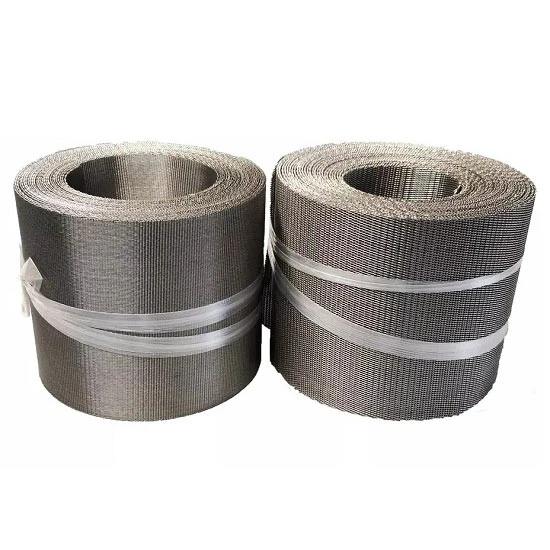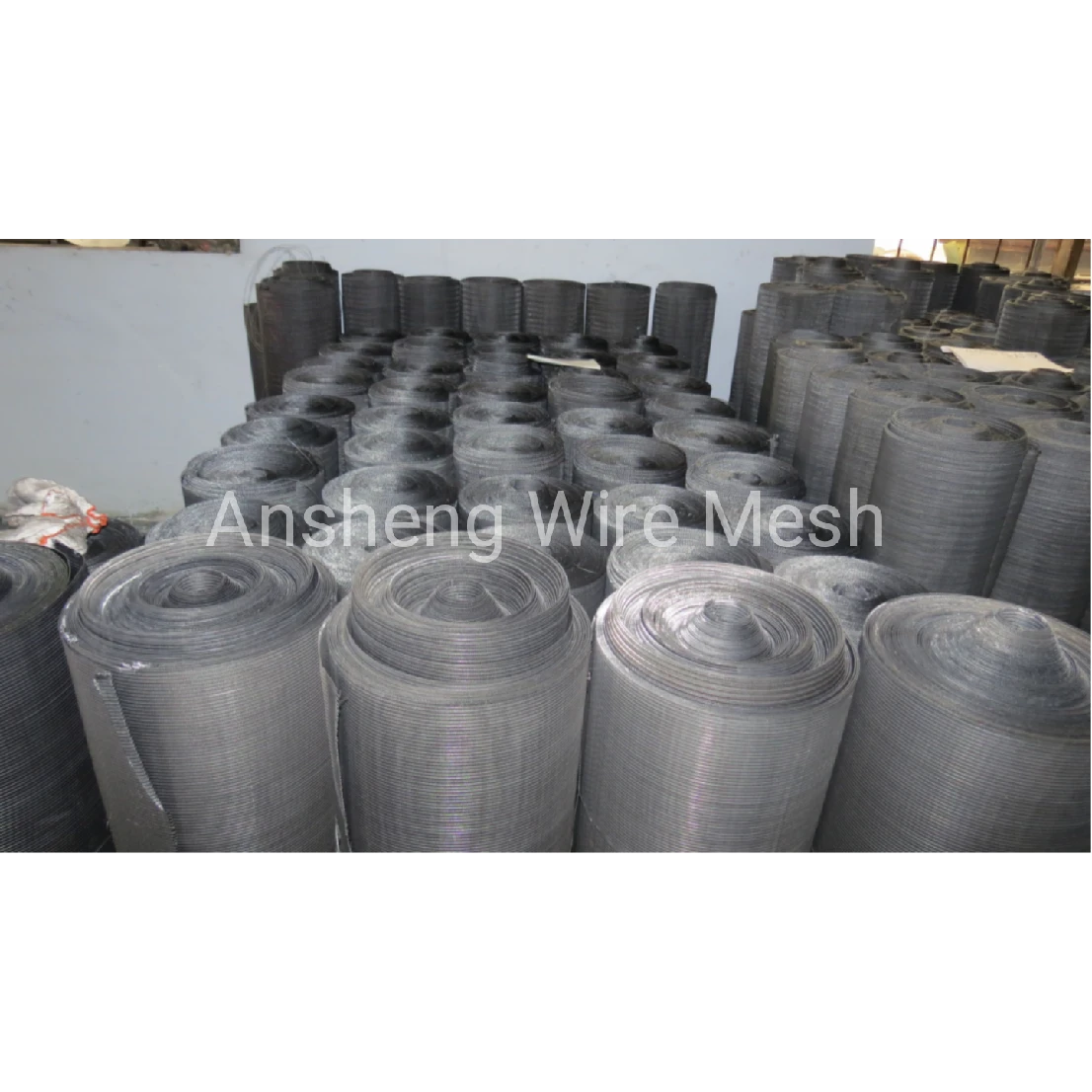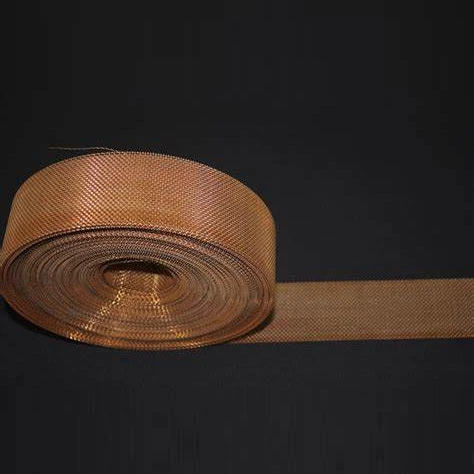Understanding Stainless Steel Netting Mesh: More Than Just a Metal Weave
At first glance, stainless steel netting mesh might seem like a simple industrial product — just some woven wires, right? But in reality, it’s a crucial material that spans sectors worldwide, from construction safety to environmental protection. Understanding what this mesh is, why it matters globally, and how it’s evolving can open up a surprising amount of insight into how industries solve complex problems sustainably and efficiently.
The Global Context: Why Stainless Steel Netting Mesh Matters Today
Let’s set the stage: the global metal mesh market is booming, with reports from ISO and industry analysts forecasting steady growth upwards of 5%-7% annually. This surge is driven by expanding infrastructure projects, environmental regulations, and urbanization stretching across continents.
At its core, stainless steel netting mesh addresses persistent challenges: corrosion resistance, durability, and versatility in harsh or sensitive environments. Think about it — a coastal wind farm withstanding salty air, or a high-security facility needing intrusion deterrents without compromising airflow or visibility.
Yet, these meshes aren’t just about raw functionality. Around the world, they form the unsung backbone of safer, smarter, and more sustainable infrastructure. As governments push for longer-lasting materials that require less maintenance, stainless steel netting meshes are stepping up as a preferred choice globally.
What Exactly Is Stainless Steel Netting Mesh?
Simply put, stainless steel netting mesh consists of woven or welded stainless steel wires forming a grid pattern. Its primary defining trait: outstanding resistance to rust and corrosion, thanks to its chromium content, usually around 10-30%. This alloying element forms a thin, protective oxide layer preventing degradation.
This mesh finds its way into a surprising array of applications. It’s used for architectural façades, protective fencing, filtration systems, even in humanitarian aid contexts where rugged, reusable materials are essential. Its combination of strength, flexibility, and low-maintenance qualities make it a cornerstone material that is often overlooked but critical in many modern workflows.
Key Features That Set Stainless Steel Netting Mesh Apart
1. Durability and Corrosion Resistance
Stainless steel netting mesh thrives where other materials would quickly fail. Saltwater, chemicals, heat — none slow it down. This means structures last longer, and safety barriers keep their integrity, cutting replacement costs and downtime.
2. Flexibility in Design and Scale
Whether a tiny filter screen for industrial machines or huge mesh panels for stadiums, this mesh can be customized. Wire gauge, mesh size, and weave type can all be tailored to fit specific needs.
3. Cost Efficiency Over Lifecycle
It might appear pricier upfront than galvanized wire or plastics, but when factoring repair frequency and lifespan, stainless steel netting is a worthy investment. Many engineers say this saves them headaches and budget down the line.
4. Sustainability and Recyclability
Made mostly from recyclable metals, stainless steel meshes align perfectly with today’s circular economy models. In fact, the metal’s durability ensures less waste over time, supporting green building certifications like LEED.
5. Security and Safety Benefits
Besides physical strength, meshes can be designed for tamper resistance, used in anti-climb fencing or bird control applications without harming wildlife. It’s a subtle but important social plus.
Where Is Stainless Steel Netting Mesh Making an Impact?
Looking beyond factories and warehouses, these meshes play major roles worldwide:
- Infrastructure & Construction: Facades, sunshades, and safety barriers.
- Environmental Protection: Erosion control nets, animal fencing in conservation areas.
- Disaster Relief & Humanitarian Aid: Durable mesh for shelters, fencing, modular housing components used by NGOs in remote or disaster-prone regions.
- Industrial Filtration: Chemical plants use stainless steel mesh for filtering and sieving in demanding processes.
- Aerospace & Automotive: Lightweight mesh elements integrated for ventilation and protection.
For example, in coastal East Asia, mesh installations help reinforce flood barriers, while in Europe, architects integrate decorative mesh panels that combine aesthetics and utility.
Advantages & Long-Term Value of Stainless Steel Netting Mesh
Besides obvious strength, the material contributes to safety and efficiency in little ways too. Reduced maintenance means less downtime, which companies appreciate. For community projects, longer-lasting fences and protective systems translate directly to fewer accidents and improved dignity for users.
Plus, this material’s aesthetic flexibility can speak volumes — from ultra-modern skylines to rugged industrial settings, stainless steel meshes can blend in or boldly stand out.
What’s Next? Future Trends & Innovations
R&D teams worldwide are experimenting with nanoscale coatings, hybrid alloys, and automated weaving tech that improve corrosion resistance even further or lighten weight without losing strength. Digital tracking via embedded sensors is also on the rise—mesh might soon report its own wear and damage.
Environmental policy shifts push greater demand for recyclable and low-impact materials, so stainless steel mesh fits perfectly into this green wave. Frankly, it’s exciting to see a traditional material adapt to future smart and sustainable building paradigms.
Common Challenges and How Experts Tackle Them
All materials have limitations, and stainless steel netting mesh is no different. Cost remains a hurdle for smaller projects, and improper installation can lead to premature wear. Luckily, manufacturers now offer pre-fabricated kits and better training, smoothing these pain points.
Also, the weight of stainless steel compared to aluminum mesh sometimes complicates deployment in sensitive structures. In such cases, hybrid solutions or thinner alloys provide middle ground.
Frequently Asked Questions About Stainless Steel Netting Mesh
- Q: What makes stainless steel netting mesh preferable over galvanized wire mesh?
- A: Stainless steel offers superior corrosion resistance especially in harsh environments, with significantly longer service life and less maintenance. Galvanized meshes can rust over time, reducing safety and requiring replacement.
- Q: How customizable is stainless steel netting mesh for specific industrial applications?
- A: Very customizable! Mesh size, wire thickness, weave patterns, and tensile strengths can all be tailored to filtration needs, security levels, ventilation requirements, or architectural aesthetics.
- Q: Can stainless steel netting mesh be recycled after use?
- Absolutely. Stainless steel is highly recyclable without degradation of quality. Recycling supports eco-friendly initiatives and reduces environmental impact over the product lifecycle.
- Q: Is stainless steel netting mesh safe for use in wildlife protection?
- Yes. Mesh can be designed with wildlife-friendly spacing and edges to prevent injury while securing conservation areas or animal enclosures, balancing human and ecological safety needs.
Product Specification Table
| Specification | Details |
|---|---|
| Material | 304 or 316 Stainless Steel |
| Wire Diameter | 0.3 mm – 3.0 mm |
| Mesh Opening Size | 0.5 mm – 100 mm |
| Weave Types | Plain, Twilled, Dutch Weave |
| Finish | Polished, Matte, Electro-polished |
| Maximum Roll Width | 2 meters |
Vendor Comparison Table
| Feature | Vendor A | Vendor B | Vendor C |
|---|---|---|---|
| Material Grades Offered | 304, 316 | 316L only | 304, 316, 321 |
| Custom Mesh Sizes | Yes | Limited | Yes |
| Order Lead Time | 2 weeks | 4 weeks | 3 weeks |
| Price Competitiveness | Mid-range | Premium | Budget |
| Global Shipping | Yes | Limited | Yes |
In Closing: Why This Mesh Could Be Your Next Smart Investment
Looking back, it’s clear that stainless steel netting mesh is quietly revolutionizing many aspects of modern industry and infrastructure. Its blend of resilience, versatility, and eco-consciousness puts it ahead of many alternatives, helping engineers, architects, and NGOs deliver on promises of safety and sustainability.
If you’re exploring options for your next project—whether it’s an architectural detail, filtration system, or a secure fencing solution—consider diving deeper into how stainless steel netting mesh can tailor-fit your needs.
For more detailed specs and sourcing, check out stainless steel netting mesh suppliers who specialize in quality and customization.
1. ISO on Stainless Steel
2. Wikipedia: Stainless Steel
3. World Bank: Infrastructure Overview
Post time: Nov . 23, 2025 03:30
